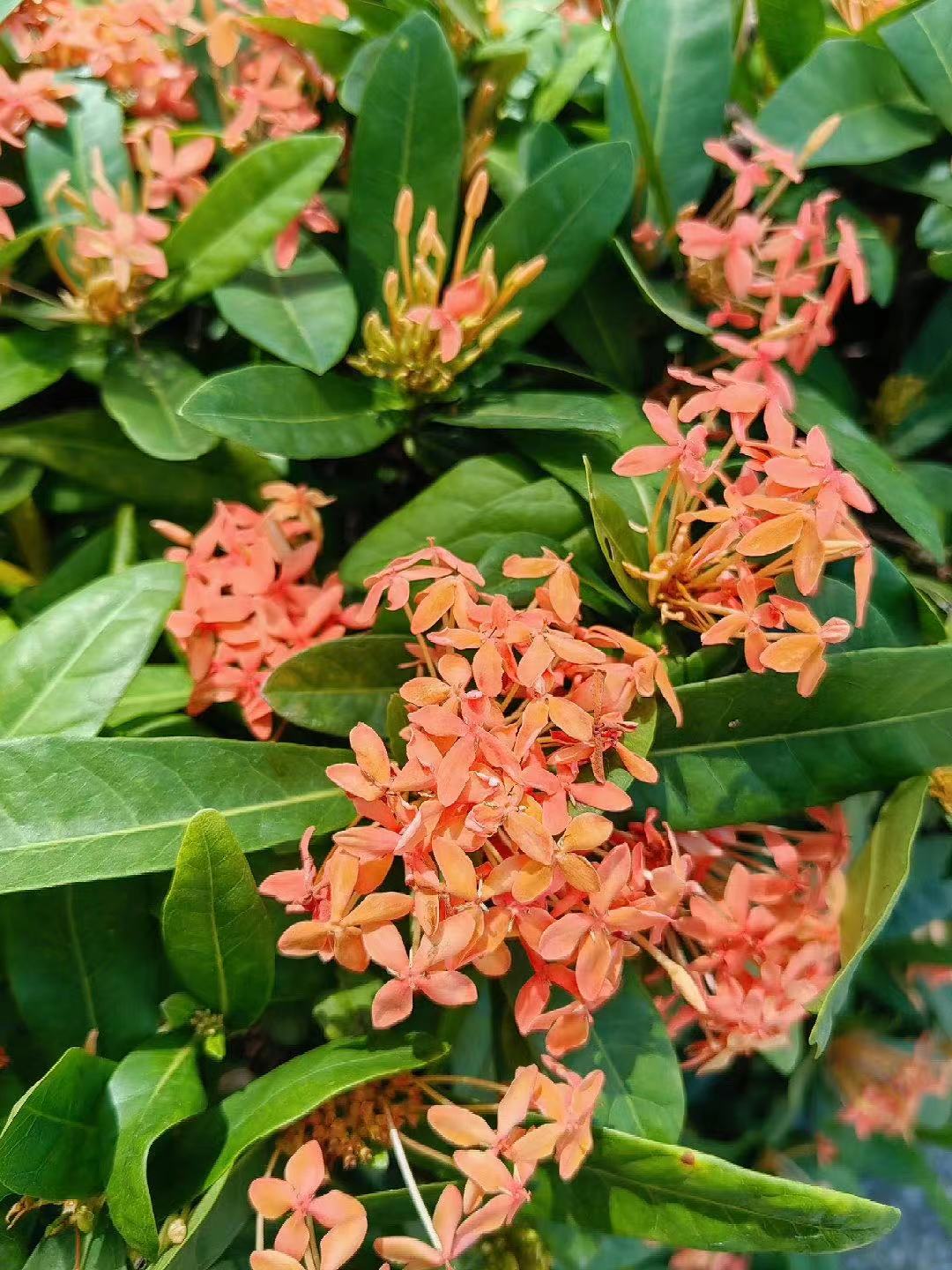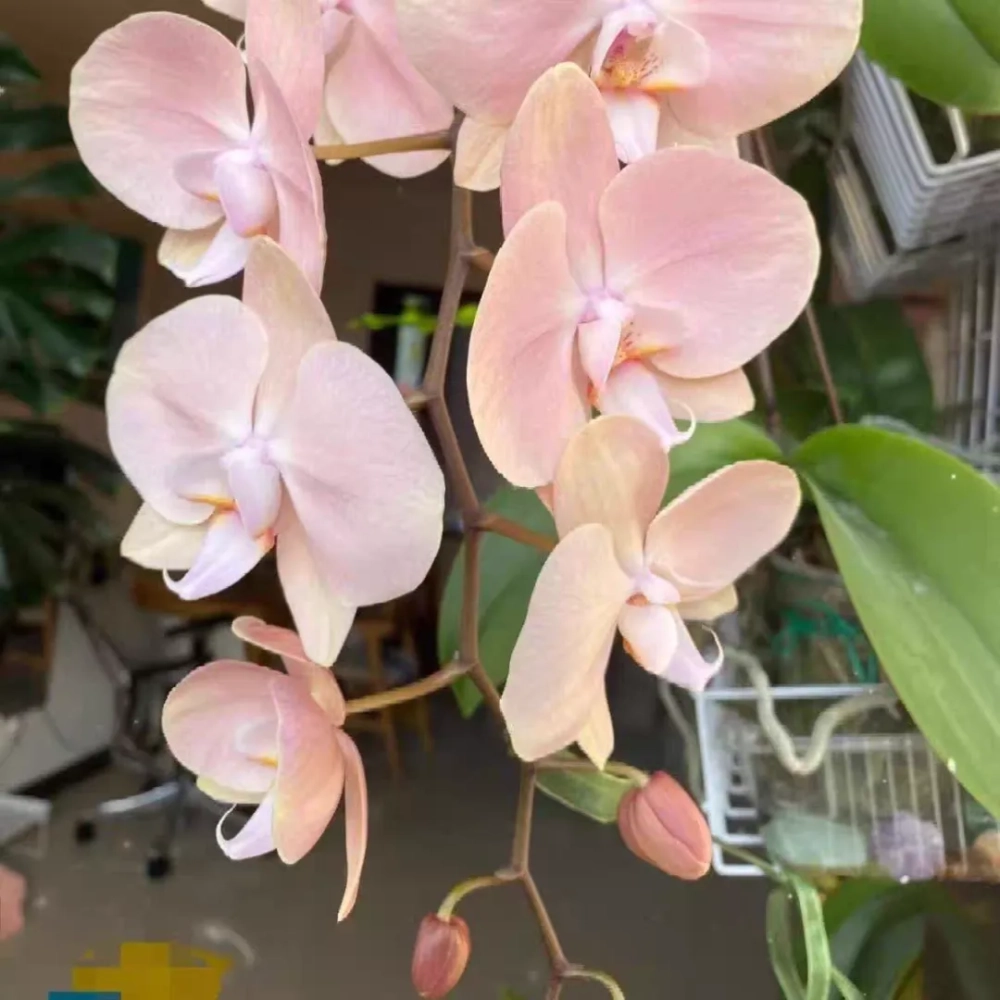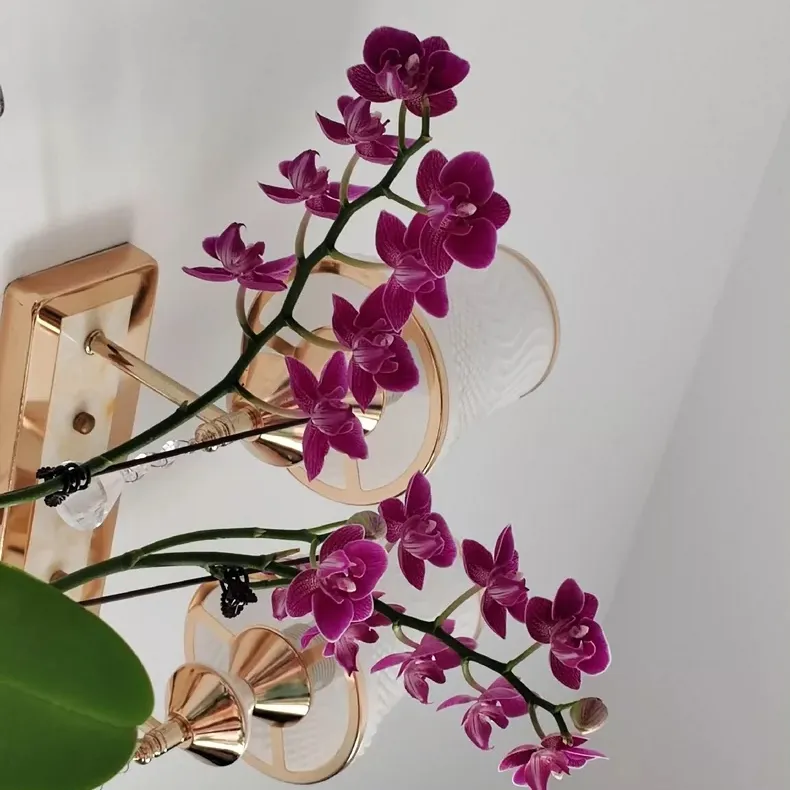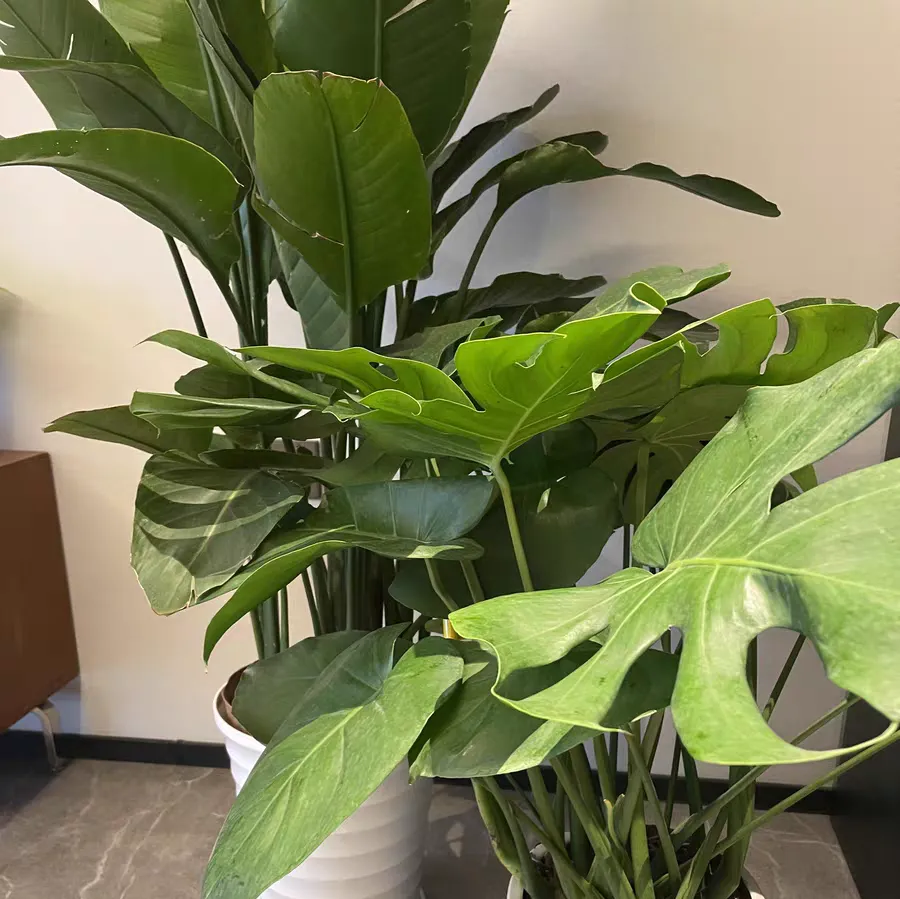In the world of flowers, there is a unique charm coming from those plants that can blossom throughout the year. They are like the messengers of nature, always decorating our lives with brilliant colors and charming fragrances no matter in spring, summer, autumn or winter. Let's step into this wonderful world together and explore those plants that can bloom all year round.
Chinese Rose
The Chinese rose is hailed as the "Queen of Flowers", and its beauty and elegance are intoxicating. There are numerous varieties of Chinese roses with various colors, such as red, pink, yellow and white. The flowering period of Chinese roses is very long and they can bloom from spring to winter in a suitable environment. Chinese roses like a sunny and well-ventilated environment. They have no high requirements for soil, but fertile and well-drained soil is preferred. When caring for Chinese roses, pay attention to timely pruning to remove spent flowers and diseased branches to promote the growth of new branches and flowering. At the same time, fertilize and water regularly to ensure that Chinese roses have sufficient nutrients and moisture.
Hibiscus rosa-sinensis
Hibiscus rosa-sinensis, also known as rose of China, is a common flower in tropical and subtropical regions. The flowers of Hibiscus rosa-sinensis are large and bright, with multiple colors such as red, pink and yellow. Its flowering period is very long and it can bloom almost throughout the year. Hibiscus rosa-sinensis likes a warm, humid and sunny environment and is not cold-resistant. When caring for Hibiscus rosa-sinensis, pay attention to keeping the soil moist but not waterlogged. At the same time, provide sufficient sunlight and fertilize regularly to ensure the growth and flowering of Hibiscus rosa-sinensis.
African Violet
African Violet is a dainty flower with colorful blossoms in purple, blue, pink, white, etc. The flowering period of African Violets is very long and they can bloom throughout the year. African Violets like a warm, humid and semi-shady environment and are not cold-resistant. When caring for African Violets, pay attention to avoiding direct sunlight, keep the soil moist but not waterlogged. At the same time, fertilize regularly to ensure the growth and flowering of African Violets.
Crown of Thorns
Crown of Thorns is a succulent plant with small and bright flowers in red, pink, white, etc. The flowering period of Crown of Thorns is very long and it can bloom throughout the year. Crown of Thorns likes a warm, dry and sunny environment, is drought-tolerant and not cold-resistant. When caring for Crown of Thorns, pay attention to watering less and avoid waterlogging. At the same time, provide sufficient sunlight and fertilize regularly to ensure the growth and flowering of Crown of Thorns.
Begonia semperflorens
Begonia semperflorens is a common flower with dainty and bright blossoms in pink, white, red, etc. The flowering period of Begonia semperflorens is very long and it can bloom throughout the year. Begonia semperflorens likes a warm, humid and sunny environment and is not cold-resistant. When caring for Begonia semperflorens, pay attention to keeping the soil moist but not waterlogged. At the same time, provide sufficient sunlight and fertilize regularly to ensure the growth and flowering of Begonia semperflorens.
Anthurium andraeanum
Anthurium andraeanum is a tropical flower with unique and beautiful blossoms in red, pink, white, etc. The flowering period of Anthurium andraeanum is very long and it can bloom throughout the year. Anthurium andraeanum likes a warm, humid and semi-shady environment and is not cold-resistant. When caring for Anthurium andraeanum, pay attention to avoiding direct sunlight, keep the soil moist but not waterlogged. At the same time, fertilize regularly to ensure the growth and flowering of Anthurium andraeanum.
These plants that can bloom throughout the year, whether in the courtyard, on the balcony or indoors, can all become a beautiful scenic line.
Which varieties of flowers can bloom throughout 365 days?

Share with
Tagged in :




Leave a Reply